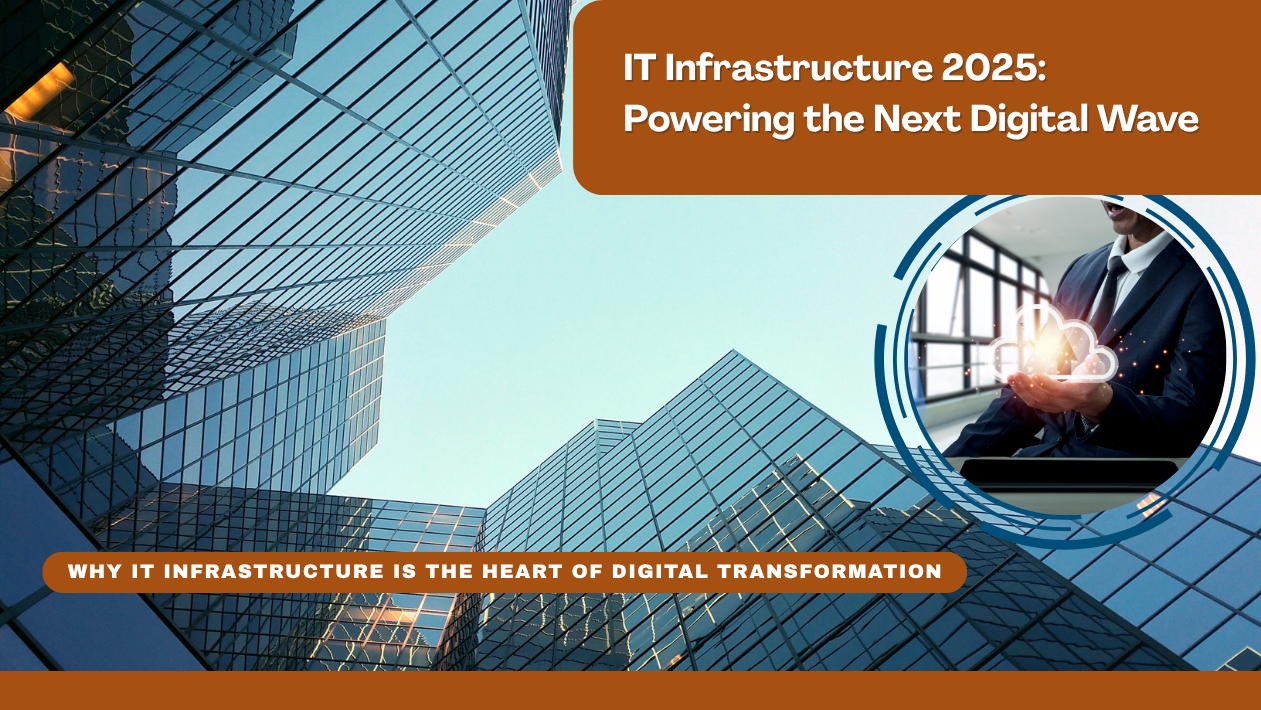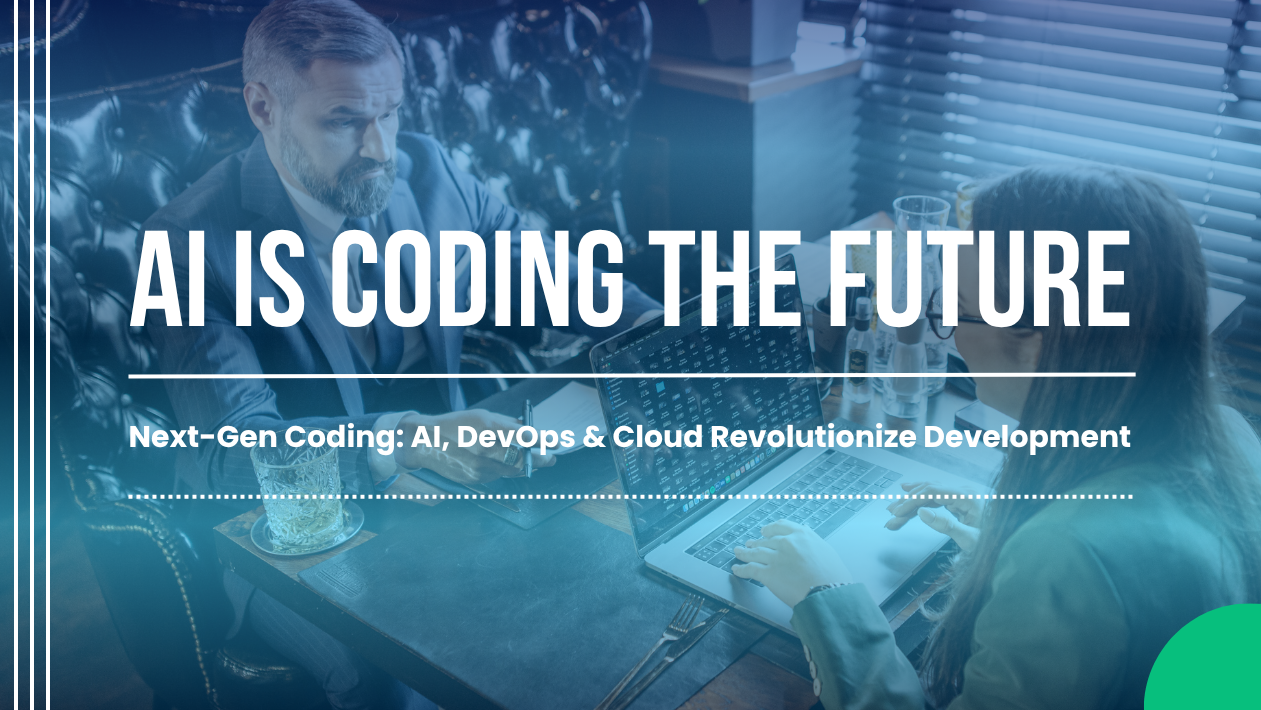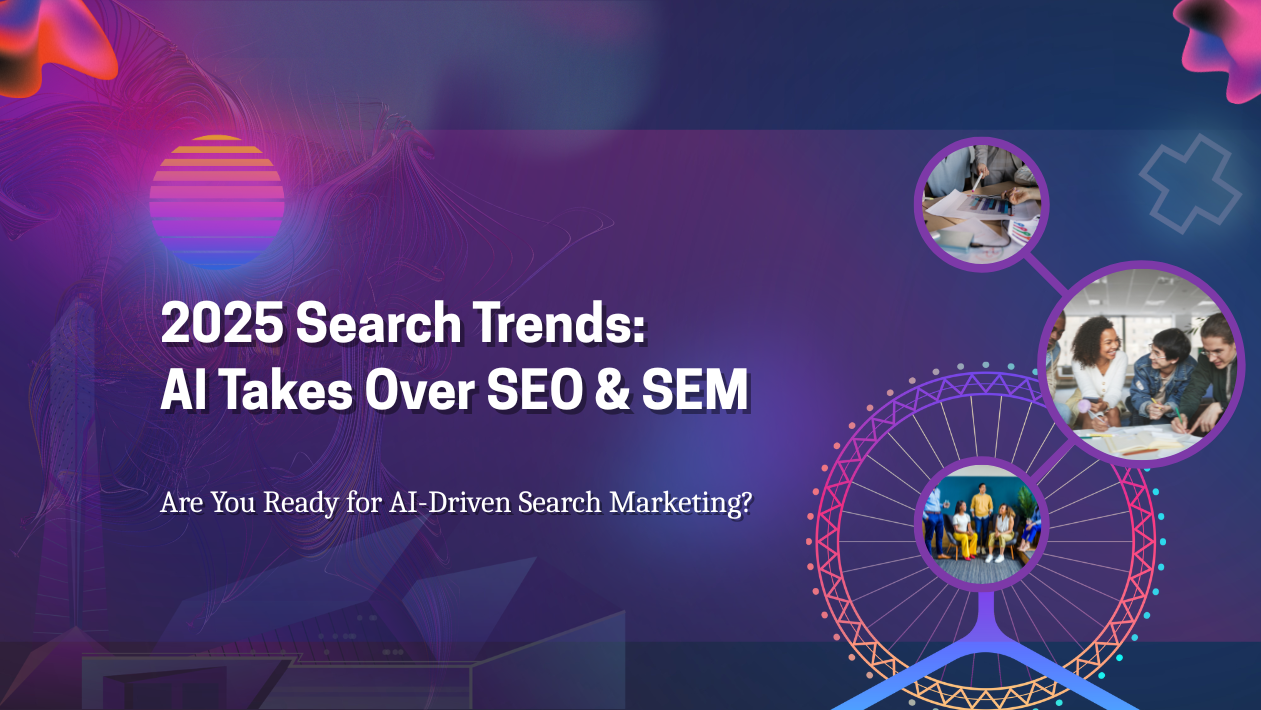The IT infrastructure landscape in 2025 is undergoing a profound transformation. As organizations continue their digital acceleration, the focus has shifted toward cloud-native architectures, edge computing, AI-driven automation, and green data centers. Businesses are not just upgrading technology — they’re reimagining how infrastructure drives agility, scalability, and sustainability.
Hybrid and Multi-Cloud Strategies Dominate Enterprise IT
Enterprises are increasingly adopting hybrid and multi-cloud environments to balance flexibility, cost, and compliance. Companies now distribute workloads across public clouds like AWS, Azure, and Google Cloud, alongside private clouds and on-premise systems, ensuring better resilience and data sovereignty.
Analysts estimate that 78% of global enterprises now use multi-cloud setups, optimizing performance while avoiding vendor lock-in.
Edge Computing Brings Data Closer to Action
The explosion of IoT devices and real-time applications has propelled edge computing to the forefront of IT strategy. By processing data near its source, edge infrastructure is reducing latency and powering use cases such as autonomous vehicles, smart factories, telemedicine, and AI-powered retail experiences.
In 2025, global edge infrastructure investment is expected to surpass $250 billion, driven by telecoms and hyperscalers expanding 5G and micro-data center networks.
AI and Automation Redefine Infrastructure Management
Infrastructure management has entered the AI-driven era. Predictive analytics and AIOps (Artificial Intelligence for IT Operations) platforms are now automating fault detection, capacity planning, and performance optimization.
Tools like ServiceNow AIOps, Dynatrace, and Splunk use machine learning to identify issues before they disrupt services, drastically improving uptime and efficiency.
Sustainability Becomes a Core Metric
With global data usage skyrocketing, sustainability is no longer optional. Enterprises and hyperscalers are investing heavily in green data centers, powered by renewable energy and advanced cooling technologies.
Companies like Google, Microsoft, and Equinix are leading the charge toward net-zero infrastructure, setting new benchmarks for energy efficiency and carbon transparency.
Cybersecurity at the Core of Infrastructure Design
As digital ecosystems grow more interconnected, cybersecurity is now an integral component of infrastructure design. The rise of Zero Trust Architecture (ZTA) and confidential computing ensures that organizations can protect data in transit, at rest, and in use.
With ransomware and supply chain attacks on the rise, proactive monitoring and automated threat response have become standard across enterprise networks.
Quantum and Next-Gen Networking on the Horizon
Quantum computing and 6G networks are reshaping long-term infrastructure roadmaps. Research initiatives and partnerships between academia and cloud providers aim to make quantum-safe infrastructure a reality by 2030, ensuring future-proof data protection.
Meanwhile, software-defined networking (SDN) and network function virtualization (NFV) continue to simplify and scale IT operations.
Conclusion: The Future is Intelligent, Integrated, and Sustainable
In 2025, IT infrastructure is no longer just a backbone — it’s a strategic enabler of digital transformation. As organizations harness AI, cloud, and automation, the infrastructure of tomorrow will be self-healing, adaptive, and environmentally conscious, driving the next phase of global innovation.





